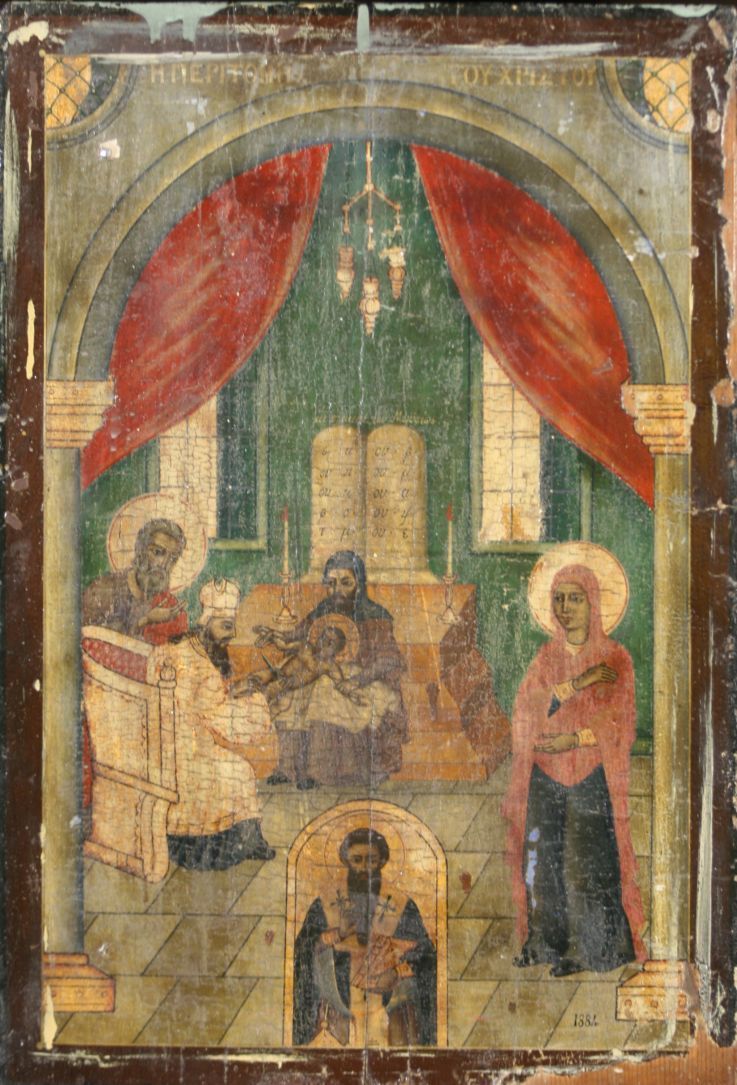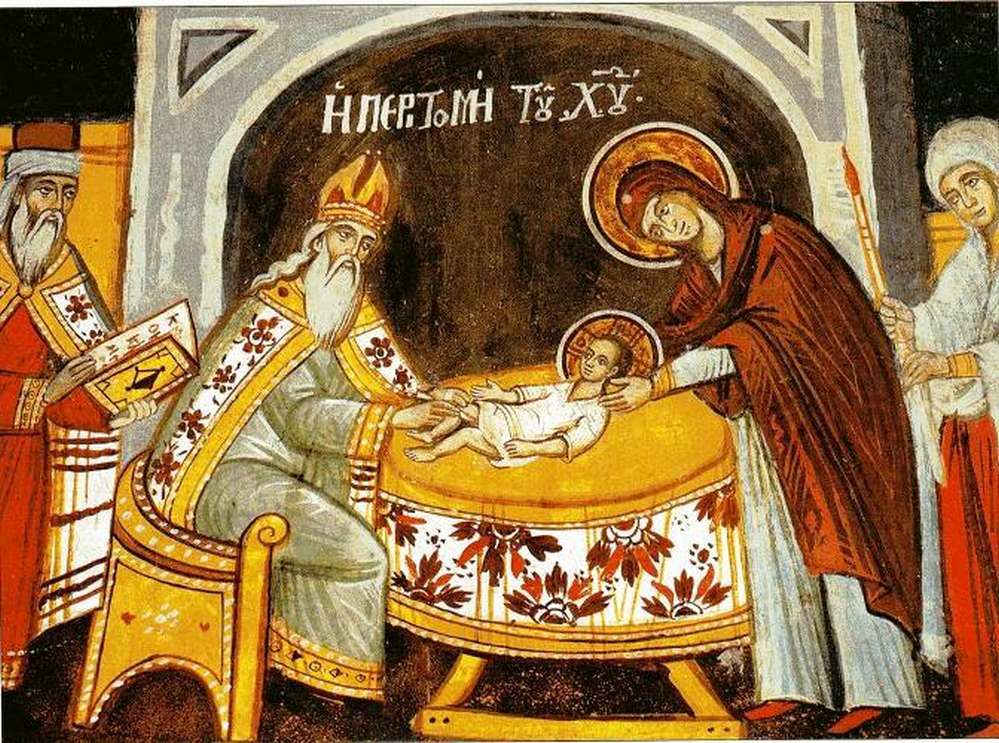
The Circumcision of Jesus Christ, observed annually on January 1st, represents a significant moment in Christian theology. This event, commemorating the physical circumcision of Christ on the eighth day after His birth, affirms the incarnation of God in human form and His entry into God’s covenant with humanity.
The Circumcision of Jesus Christ is not merely a historical event but a profound theological symbol. It signifies Jesus’ adherence to Jewish law and His mission to fulfill and transcend these laws. By participating in this ritual, Jesus validated His genuine human nature, countering claims of a merely phantom presence. Moreover, His circumcision symbolizes the introduction of spiritual circumcision, namely Holy Baptism, which signifies the shedding of sin and rebirth in Christian faith.
Theological Perspective
Early Church Fathers, like St. John of Damascus, emphasize the divine mystery of God’s incarnation. They argue that comprehending the divine nature of Christ’s humanity is beyond human understanding, akin to seeing light in darkness without knowing its source. This mystery, they assert, is crucial to understanding the divine-human union in Christ. His circumcision, therefore, was not only a legal obligation but also a step in His redemptive mission, symbolizing the cutting away of sin and the renewal of humanity.
Christ’s Dual Nature
In becoming fully human while remaining fully divine, Christ exemplified humility and obedience, key virtues in Christian life. He embraced human nature to renew it, teaching humans to lead virtuous lives. His actions, including the Circumcision, highlight His role as the mediator between God and humanity, uniting divine and human natures in His person.
Spiritual Implications
The Circumcision of Jesus Christ paved the way for Christian baptism. In this sacrament, Christians participate in the death and resurrection of Christ, symbolically shedding their sinful nature and rising anew. This act mirrors Christ’s Circumcision, representing a spiritual rebirth and the initiation into Christian life.
The Circumcision of Jesus Christ serves as a key theological event, symbolizing His adherence to divine law and His role as the redeemer. It lays the foundation for understanding the mystery of the incarnation and the transformative power of Christian sacraments like Baptism.
Feast Day: January 1
References
- “Circumcision of Jesus Christ: Historical and Theological Analysis” by Pemptousia. Accessed December 12, 2023.
- “Theological Significance of the Lord’s Circumcision” by Inagvarvaras. Accessed December 12, 2023.
- “Collects, Epistles, and Gospels – Circumcision of Christ” by Church of England. Accessed December 12, 2023.
- Medical Perspectives on Biblical Events: Circumcision of Jesus” by PubMed. Accessed December 12, 2023.

